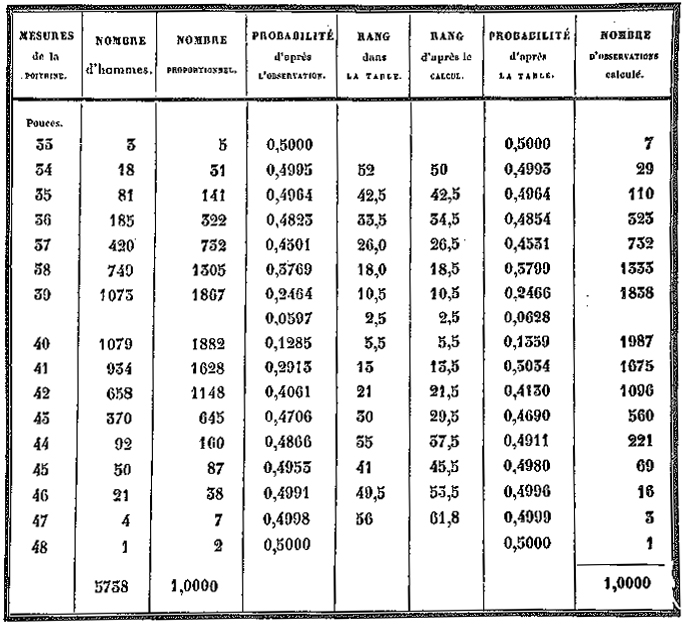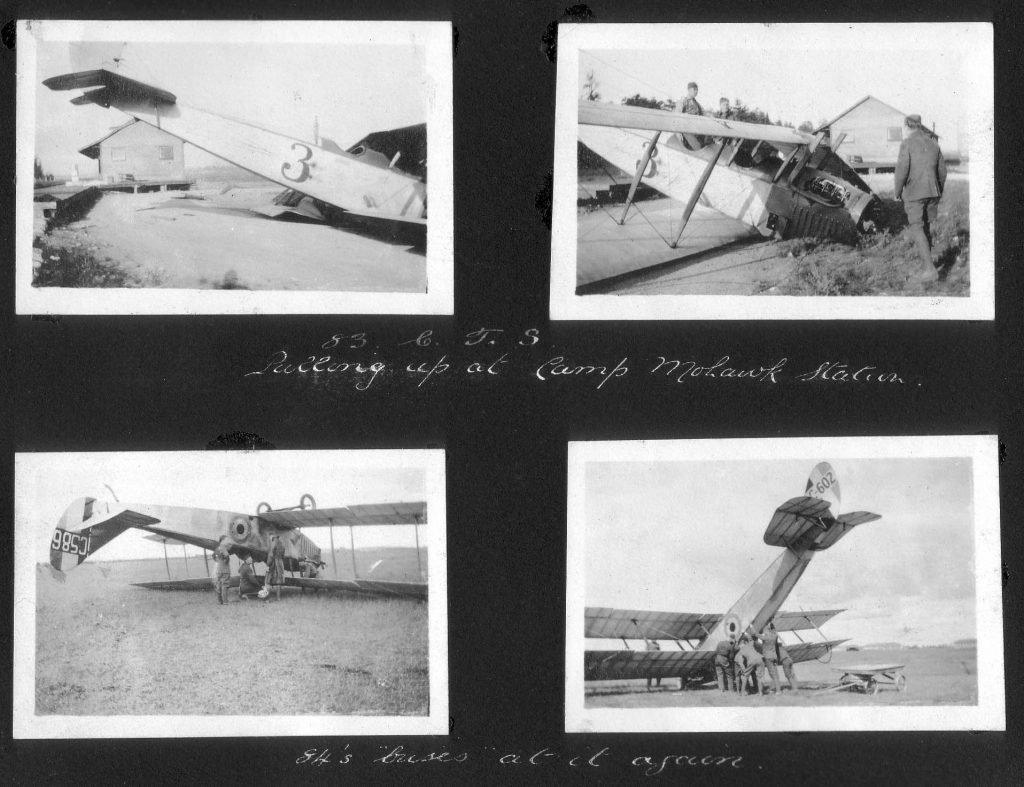Podcast (pt): Download
When examining pilot deaths in WWI it was discovered that 90% were put down to pilot errors whereas only 2% were due to enemy action! Things didn’t improve in WW2 either. A lowly 23 year old analyst challenged the assumption that cockpits should be designed to fit the Average Pilot. This is the story of Human Factors in Aviation.

An RAF pilot’s annual assessment of ability.

Quételet, the man who invented averages.

The University of Ghent.

It was the study of Astronomy that gave rise to the first calculations of averages.

The study of the average Scottish Soldier.

Very few deaths during the First World War were due to enemy action.

The Second World War also saw an unacceptable number of deaths due to accidents.

The USAF conducted a large study into the size of their men to discover the dimensions of the average pilot.

Lt Gilbert Daniels discovered that not one USAF pilot matched the average!

The study of ergonomics let to better cockpit design.

Human factors also covers the limitation of the human body when flying.

Modern glass cockpits prevent many pitfalls from previous designs but bring their own problems.
Images under Creative Commons licence with thanks to the US Congress, Frederik de Wit, the Deseronto Archives, the USN, the Australian War Museum, Henry Vandyke Carter and Airbus.



















